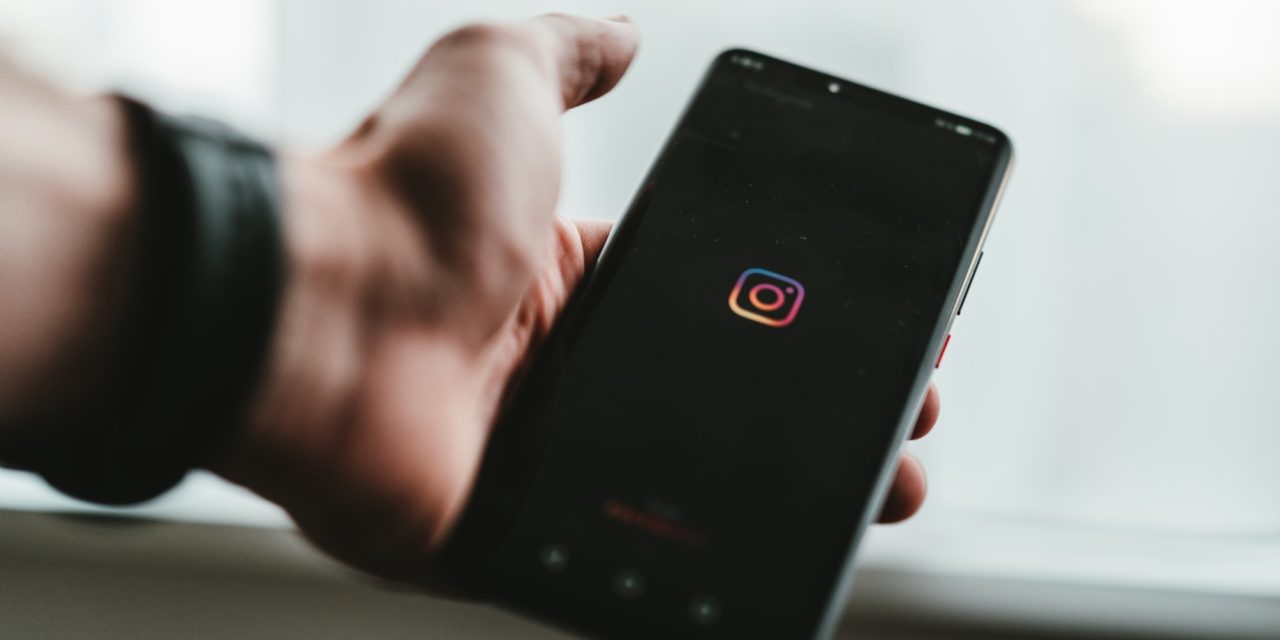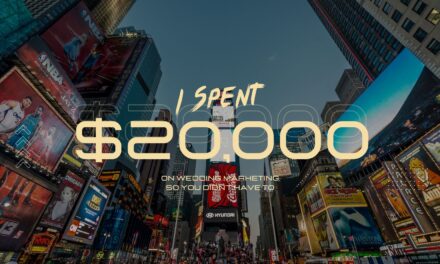Instagram has shared a post today about how and why people see what they see on Instagram. I’m not going to speculate on how much of this is smoke and mirrors, or politics, or conspiracy theories. Instead, lets take them at their word and believe what they say.
You can read the whole report here, and I’ll share some excerpts and thoughts on it below.
One of the main misconceptions we want to clear up is the existence of “The Algorithm.” Instagram doesn’t have one algorithm that oversees what people do and don’t see on the app. We use a variety of algorithms, classifiers, and processes, each with its own purpose. We want to make the most of your time, and we believe that using technology to personalise your experience is the best way to do that.
Instagram is in the business of “eyes on Instagram”. The more eyes that are on Instagram, the better metrics they can promise to advertisers and to investors. So when they say that they are using a variety of technologies to personalise our experiences, they’re saying they are using all the tools in the shed to get the most eyes on Instagram, for the longest amount of time, as often as possible.
If you as a creator can play into that game, creating and sharing content that engages people more, for longer, than you’ll win because Instagram is winning, and they’re very interested in winning.
We developed and introduced a Feed that ranked posts based on what you care about most.
If someone sees your post, it’s been decided by a computer that they either care about you, or they care about the content you’re creating – or maybe both!
People tend to look for their closest friends in Stories, but they want to discover something entirely new in Explore. We rank things differently in different parts of the app, based on how people use them.
Stories, Reels, IGTV, Explore, the Feed, they all serve different purposes in the app – they are different organisations within the mother organisation.
we take all the information we have about what was posted, the people who made those posts, and your preferences. We call these “signals”, and there are thousands of them. They include everything from what time a post was shared to whether you’re using a phone or the web to how often you like videos. The most important signals across Feed and Stories, roughly in order of importance, are:
- Information about the post. These are signals both about how popular a post is – think how many people have liked it – and more mundane information about the content itself, like when it was posted, how long it is if it’s a video, and what location, if any, was attached to it.
- Information about the person who posted. This helps us get a sense for how interesting the person might be to you, and includes signals like how many times people have interacted with that person in the past few weeks.
- Your activity. This helps us understand what you might be interested in and includes signals such as how many posts you’ve liked.
- Your history of interacting with someone. This gives us a sense of how interested you are generally in seeing posts from a particular person. An example is whether or not you comment on each other’s posts.
Understand all the signal inputs that you can control – and those you cannot.
We try to avoid showing too many posts from the same person in a row. Another example is Stories that were “reshared” from Feed: until recently, we valued these Stories less, because we’ve heard consistently that people are more interested in seeing original Stories. But we see a swell of reshared posts in big moments – everything from the World Cup to social unrest – and in these moments people were expecting their Stories to reach more people than they did, so we stopped.
Instagram is constantly changing their algorithms and signals, so old advice, from old social media experts, from old blog posts or seminars, is most likely out of date and incorrect. The game changes daily.
(Regarding the Explore page), to find photos and videos you might be interested in, we look at signals like what posts you’ve liked, saved, and commented on in the past.
Everyone’s explore page is unique and different and you get to play to those strengths by being you and sharing content that helps and entertains people you want to attract.
Reels is designed to entertain you. Much like Explore, the majority of what you see is from accounts you don’t follow.
Creating entertaining Reels is a powerful way of meeting new people on Instagram … like people who might want to book you.
With Reels, though, we’re specifically focused on what might entertain you. We survey people and ask whether they find a particular reel entertaining or funny, and learn from the feedback to get better at working out what will entertain people, with an eye towards smaller creators. The most important predictions we make are how likely you are to watch a reel all the way through, like it, say it was entertaining or funny, and go to the audio page (a proxy for whether or not you might be inspired to make your own reel.)
Instagram is surveying people about what is entertaining?!?!?!
The truth is most of your followers won’t see what you share, because most look at less than half of their Feed.
The truth is the truth – Instagram doesn’t dislike you, people just don’t look at everything. Your followers, your fans, and people who don’t even know you yet, don’t owe you anything.
I’m going to just straight out copy and paste this bit in here. The rest of this blog post is literally verbatim from Instagram:
How you can influence what you see
How you use Instagram heavily influences the things you see and don’t see. You help improve the experience simply by interacting with the profiles and posts you enjoy, but there are a few more explicit things you can do to influence what you see.
-
Pick your Close Friends. You can select your close friends for Stories. This was designed as a way to let you share with just the people closest to you, but we will also prioritize these friends in both Feed and Stories.
-
Mute people you’re not interested in. You can mute an account if you’d like to stop seeing what they share, but are hesitant about unfollowing them entirely. This way, people don’t know you’ve muted them.
-
Mark recommended posts as “Not Interested.” Whenever you see a recommendation, whether it’s in Explore or in Feed, you can indicate you are “not interested” in that post. We will do our best not to show you similar recommendations in the future.
Providing more context on how content is ranked, shown, and moderated on Instagram is only part of the equation. There is more we can do to help you to shape your Instagram experience based on what you like. We also need to continue to improve our ranking technology and, of course, make fewer mistakes. Our plan is to be proactive about explaining our work across all three areas from here on out. Stay tuned.






